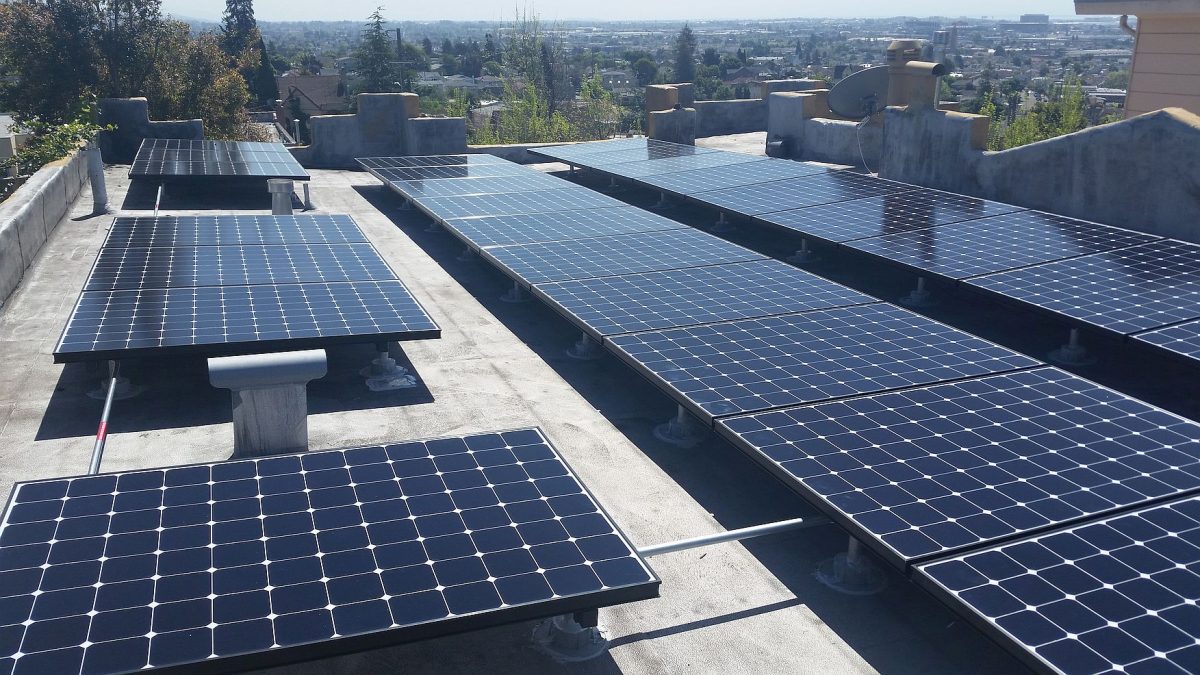A couple of months ago, my wife and I decide to get a solar power system for our home.
This was shortly after Ether became tradable, and I watched the price bounce between 60 cents and a dollar several times. I decided to sell the next time it hit $1. Of course, that was on its way to $10. Such is my luck.
We decided to invest those funds in going solar. I did quite a bit of research and called several companies. Eventually, I got a quote from The Solar Company and after a bit of haggling, agreed on system specifications and a price. They did a wonderful job.
As most of you probably know, there’s a bit of a war on solar going on and electric companies are doing everything they can to discourage people from installing solar systems. As a result, there are a lot of hoops you have to jump through, and some of those hoops took longer than expected. As a result, we just barely made the SNEM cutoff and the E6 cutoff. Newcomers will not get rates as favorable as we did.
This Monday was our first “negative day”, a day in which we made more power than we used. The picture above is an actual picture of my roof.
I hope to give a lot more details about the system in more blog posts in this series, such as:
- My efforts to get useful data from my “smart” electric meter.
- The uselessness of most solar monitoring systems and my efforts to build a “real” monitoring system.
- The tale of Union Bank closing my account while it held the money to pay for the solar system in it because that much money from Coinbase is, apparently, suspicious.
- System specifications, pictures, predictions, and updates on how the system is actually doing compared to the predictions.
- My efforts to mathematically data mine complex system behaviors such as shading effects (notice the parapet in the picture?) from the odd combinations of data points available to me.
- What assumptions I made when I decided installing the system was worth its costs and how I valued intangibles against tangibles.
- How I think solar fits into the evolution of our power grid and some of the challenges and opportunities it presents.
- (From Christopher’s suggestion below) Why our solar system can only function when the grid is working and what it would take to change that.


Hey David,
A comment to hopefully encourage you to get beyond the 3 blog post barrier 🙂
So… NEM… using the grid as your PV “storage”. Good that you made it in time for more favorable terms. However, grid-tied only PV systems have some challenges:
1. Feeding back into the utility co’s grid means you have to deal with THEIR policies, rules, restrictions, etc
2. The watts that you draw from the grid may not be “green” watts, but “brown” watts instead (although PGE has a much cleaner mix than most US utilities)
3. Big irony – When the utility grid goes down, your grid-tied PV system is basically bricked; stuck just like any other electric customer without solar, even though the panels are actually active if any sunlight energy.
Closing the loop with a viable battery backup system allows 1 to create a “behind the meter” solution, self-contained and self-sufficient. As long as you don’t feedback to the utility co’s grid (or minimally), their restrictions, rules, delays, wait lists, credits, etc are rendered irrelevant. You will also be able to power thru any grid outages and keep your electrons “green”. I believe a 10-30kWh amount of storage would work for most households.
Now that viable battery storage solutions are (finally!) becoming available (although not well known at this point)… perhaps the collective “we” can go all DAO on the centralized grid model? Not only with individual microgrids but perhaps small neighborhood units eventually interledgered with all the other microgrids? And blockchains to keep up with all the peer to peer credit movements?
Thanks for the suggestion. The definitely is a big enough issue that it merits a blog post!